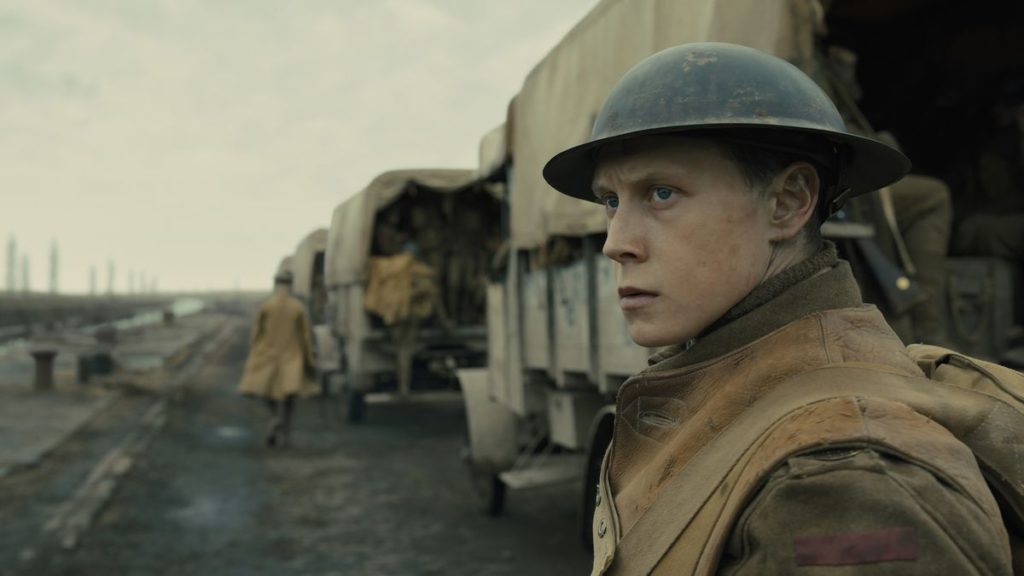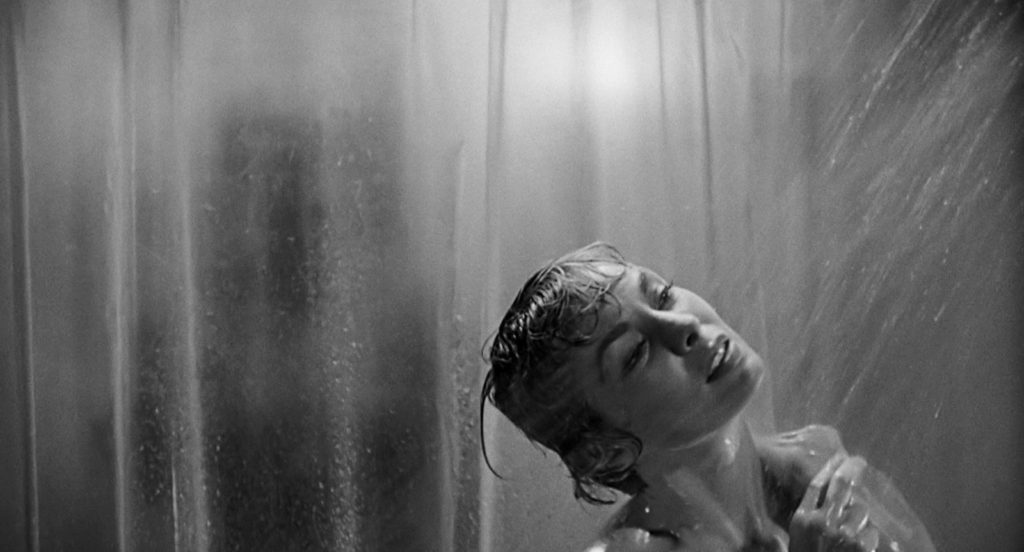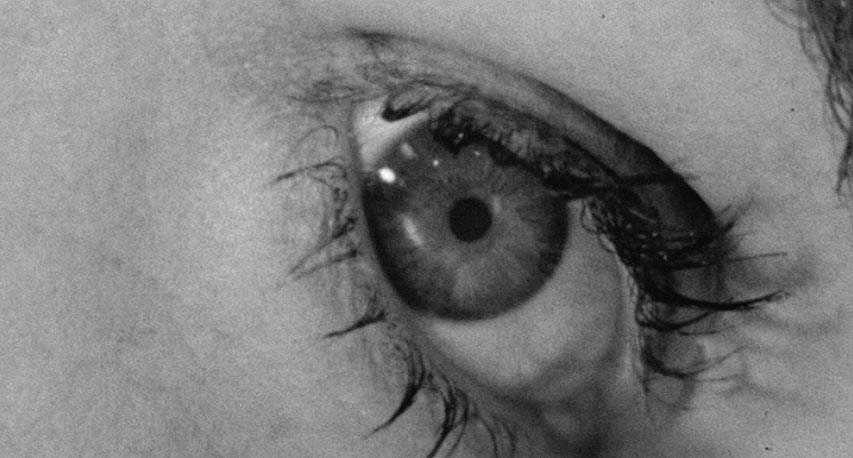Selected roles: Sound, Cinematographer, and Editor
Production Role 1: Sound design
Sound editors/designers
A sound editor is one responsible for managing soundtracks and assembling sound recordings in preparation for the final sound mixing (Post-Production). Additionally, sound designers, i.e. Foley artists are the ones who create these sounds in post for specific scenes in films by using a wide variety of props and items. Sound is an important contributor to a film’s narrative and can change the effect of a scene on an audience.
Inquiry into sound designers in film
An example of a film that utilizes sound design effectively would be ‘A quiet place (2018)’ directed by John Krasinski with sound designers Erik Aadahl and Ethan Van der Ryn (both Oscar-Nominated sound designers). The film has gained a reputation for being ‘silent’ due to the lack of dialogue. As stated by Emily VanDerWerff in an article focused on the sound design of ‘A quiet place’, “Viewers are not used to a stripped-down environment, where they can hear themselves breathing or crunching on popcorn.” Noise is dangerous-This is what the audience registers due to the film’s main danger, which is sound and the consequences that it has (attracts creatures). Additionally Ethan Van der Ryn stated during an interview that “Conversely, there’s three moments in the film where we take all of the sound out, and I think those are probably the most shocking and in many ways the most intimate moments in the movie.” The sound team aimed to create the strongest relationship between the sound and the audience.
The sound design team slowed down audio recordings of tasers to create the infamous clicking sound of the creatures, and Foley artists created the sound of footsteps by walking bare foot on sand.
Production Role 2: Cinematography
Cinematography
A cinematographer is the one responsible for the development, look, and feel of the images that make up the final scene. Cinematography makes use of motion capture technology. It involves techniques such as the composition of a scene; the lighting of the set or the location; the choice of cameras, lenses, filters, film stock; camera angles, and movements; and integration of any special effects.
Inquiry into cinematography in a film: ‘1917 (2019)’
The film ‘1917 (2019)’ directed by Sam Mendes is made to appear as a single continuous take; mainly used to immerse the audience even further into the film and the character’s narrative. A film is typically made of a large number of camera shots, which are combined in post production. A long take is a shot that is uninterrupted for a longer time than a typical take would be. Mendes worked with cinematographers Roger Deakins and Thomas Newman. The film was shot in a number of takes, edited to make it look as if the viewer is watching a single take. The film tracks two British soldiers on a perilous mission during World War I, with much of the journey taking place along a trench. This long take was a very difficult and expensive process, if one of the actors were to have an accident the retake of that long shot would cost millions. The film does not feature any visible ‘cuts’, but uses physical objects to transition into another scene (wipe), this technique was used to prevent a disconnect in immersion with the film.
Production Role 3: Editing
Editing
Editing is the process of selecting and preparing footage, visual, audio, or cinematic material. Editing is done by a specialized user to portray information or convey a message. Editing is both a creative and technical part of a post-production process and is one of the essential elements in filmmaking. Editing techniques can vary from cuts, wipes, dissolves, cross cuts, shot reverse shot, fades, etc. These types of cuts are usually used as a transition that shows progression within the film (narrative and characters)
Inquiry into editing in film: ‘psycho (1960)’
The film ‘Psycho (1960)’ directed by Alfred Hitchcock and edited by George Tomasini, features a wide range of editing techniques to add further emphasis into the narrative, such as graphic matches and cuts; Martin Scorsese stated “Every Cut a weapon”. Tomasini and Hitchcock are masters at creating tension before an event occurs. Hitchcock himself believed that ‘what leads to the event is more important than the event itself,’ and by using editing they are able to further draw the audience within the film. The film features various types of match cuts; the most memorable being the graphic match with an eye and a shower sink.






